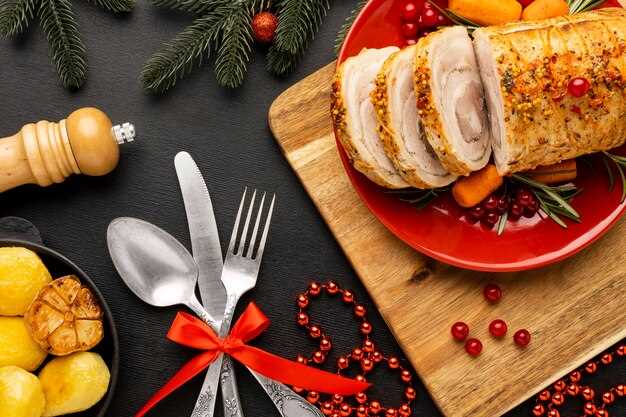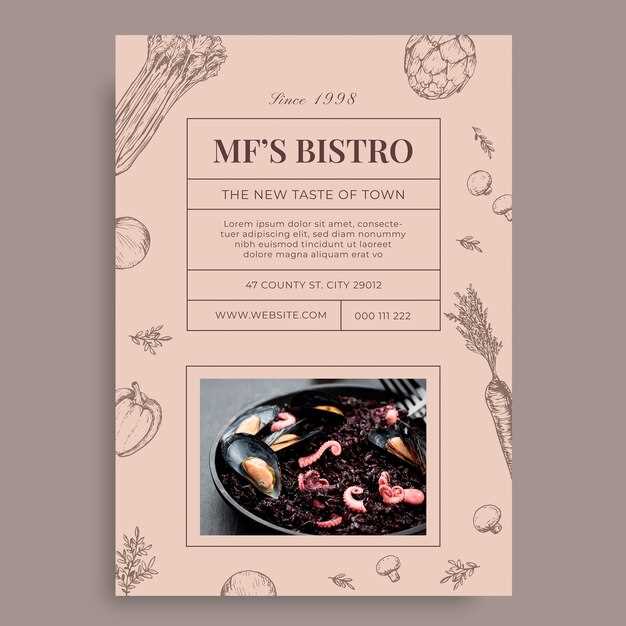Roasting a diminutive fowl, especially a sub-12-pounder, demands adjustments to standard roasting protocols. This concise handbook offers specifics, ensuring a moist, flavorful result. Unlike larger specimens, overcooking is a significant threat; therefore, rely on a calibrated meat thermometer – aiming for an internal temperature of 165°F (74°C) in the thickest part of the thigh – rather than relying solely on estimated preparation durations.
For enhanced savor, consider dry-brining the fowl for 24-48 hours prior to roasting. This involves generously salting the skin and flesh, then refrigerating uncovered. The salt penetrates the meat, improving moisture retention and seasoning throughout. Skip the wet brine, as it can lead to a soggy skin on these smaller avians.
To maximize crispness, pat the fowl thoroughly dry before applying any seasonings or fats. Rendered duck fat or clarified butter, brushed liberally over the skin, will yield exceptional browning. Elevating the fowl on a roasting rack also promotes airflow and uniform heat distribution, further contributing to a golden-brown exterior.
Don’t discard the giblets! Simmer them in water with aromatic vegetables (celery, carrots, onion) to create a flavorful stock. This stock can then be used to baste the fowl during roasting, adding another layer of depth to the overall taste profile, or incorporated into a rich gravy.
Selecting Your Ideal Miniature Fowl
Opt for a hen if seeking a richer flavor profile, often attributed to higher fat content. Toms, conversely, tend to have more meat.
Prioritize a heritage breed, such as Narragansett or Bourbon Red, for enhanced taste and meat quality compared to broad-breasted commercial varieties. These breeds often exhibit a more pronounced, complex flavor.
Aim for a weight between 8 and 12 pounds for a four-person feast. This size ensures adequate portions without excessive leftovers.
Inspect the poultry’s skin; it should be smooth, pale, and free from blemishes, bruising, or discoloration. A slight yellow hue is acceptable, indicating healthy fat deposits.
Confirm the fowl’s origin. Locally sourced, pasture-raised fowl often offers superior taste and texture due to a more natural diet and environment. Contact local farms or butchers to find these options.
Check the “use by” or “sell by” date to ensure freshness. Select the poultry with the latest possible date to maximize storage time if not preparing it immediately.
Consider pre-brined options for added moisture and flavor, particularly if you lack time for the brining process at home. Read the ingredient label to understand the brining solution composition.
Simple Brining & Flavor Infusion
Use 1 gallon of water with 1 cup kosher salt and 1/2 cup brown sugar for a 12-pound fowl. Submerge the fowl completely in the brine for 4-6 hours in the refrigerator. Over-brining yields excessive saltiness.
For enhanced flavor, add these to the brine: 1 orange (quartered), 4 sprigs fresh rosemary, 1 tablespoon black peppercorns, and 6 cloves garlic (smashed).
Prior to roasting, thoroughly pat the brined poultry dry, inside and out, using paper towels. This promotes crispy skin during the roasting process.
Consider injecting the meat with a flavorful marinade using a meat injector. A simple injection could consist of melted butter, chicken broth, and your preferred herbs (thyme, sage) – approximately 1/4 cup total injection volume.
Dry rubs are also effective. Combine paprika, garlic powder, onion powder, dried thyme, and a pinch of cayenne pepper. Rub generously all over the outer surface before the cooking process.
Roasting for Juicy Results: Time & Temp
For fowl under 8 pounds, roast at 325°F (163°C). Expect approximately 13-15 minutes per pound. For fowl between 8 and 12 pounds, maintain 325°F (163°C) and estimate 12-14 minutes per pound. Always use a meat thermometer.
Insert the thermometer into the thickest part of the thigh, avoiding the bone. The internal temperature must reach 165°F (74°C) for safe consumption. Let it rest for a minimum of 20 minutes after removal from the heat; this allows the juices to redistribute, creating a more succulent final product.
Consider tenting the fowl with aluminum foil if the skin starts to brown too quickly. Adjust roasting durations as needed to achieve a golden-brown exterior without over–drying the flesh. Ensure your oven temperature is accurate by using an oven thermometer.
Pro tip: Elevate the bird on a roasting rack inside the pan. This promotes consistent air circulation, contributing to even heat distribution and a crispier underside. Basting with pan juices every 30 minutes can help retain moisture. Avoid over-basting, as it can lower the oven temperature.
Important: The final internal temperature is the key factor, not solely time. Always verify with a thermometer.
Carving & Serving Your Festive Feast
Allow the roast fowl to rest, loosely tented with foil, for at least 20 minutes before slicing; this redistributes juices for maximum succulence.
Equipment Essentials
Use a sharp, thin-bladed carving knife and a carving fork. A non-slip cutting board prevents accidents.
Carving Technique
First, remove the legs by gently pulling them away from the body and slicing through the joint connecting them. Separate the drumstick from the thigh. Next, carve slices from the breast, angling the knife slightly downward. For the wings, separate them at the joint, offering the whole wing or just the meatier part.
Present the sliced fowl on a warmed serving platter. Arrange the slices attractively and garnish with fresh herbs, such as rosemary or thyme. Serve immediately with your chosen accompaniments, such as cranberry sauce, stuffing, and gravy. Consider offering a selection of mustards for added flavor.
Q&A:
My turkey is REALLY small, only about 6 pounds. Will this recipe still work, or do I need to adjust the cooking time significantly? I’m worried about it drying out.
Yes, this recipe can be adapted! A 6-pound turkey is quite small, so cooking time is the most critical adjustment. Begin checking the internal temperature after about an hour and 15 minutes. Use a meat thermometer inserted into the thickest part of the thigh, being careful not to touch the bone. You’re aiming for 165°F (74°C). To prevent dryness, consider basting the turkey more frequently, every 20-30 minutes, with pan juices or melted butter. A tent of foil can also help retain moisture if the skin is browning too rapidly. After the turkey is cooked let rest at least 15 minutes, covered, before carving.
I don’t have all the herbs listed in the recipe. Can I substitute with dried herbs, or are fresh herbs absolutely necessary?
You can definitely use dried herbs as substitutes, but keep in mind that dried herbs are more concentrated in flavor than fresh. A good rule of thumb is to use about 1/3 the amount of dried herbs as you would fresh. For example, if the recipe calls for 1 tablespoon of fresh thyme, use 1 teaspoon of dried thyme. Also, add dried herbs earlier in the cooking process to allow their flavors to fully develop.
What’s the best way to thaw a small turkey quickly? I forgot to take it out of the freezer!
The safest way to thaw a turkey is always in the refrigerator, but if you’re short on time, you can use the cold water method. Place the turkey in a leak-proof bag. Submerge the bagged turkey in a sink or large container filled with cold water. Change the water every 30 minutes to keep it cold. As a guide, a small turkey will thaw at a rate of about 30 minutes per pound of weight. Make sure the turkey is fully thawed before cooking, and cook it right away after it’s completely thawed. Never thaw a turkey at room temperature.
My oven tends to cook unevenly. Are there any tricks to ensure the turkey cooks evenly throughout?
Uneven oven temperatures are a common problem. A few things can help. First, make sure your oven rack is positioned in the center of the oven. Rotating the turkey halfway through the cooking process can significantly improve even cooking. Also, using an oven thermometer to monitor the actual temperature inside your oven is a great help, as oven thermostats are not always accurate. If you find your oven is consistently running hot or cold, you may need to adjust the oven temperature accordingly. Finally, be sure not to open the oven door frequently during cooking, as this will cause temperature fluctuations and disrupt the cooking process.
Can I make gravy from the pan drippings even if I don’t have a lot of drippings from such a small bird? What can I add to make more gravy?
Absolutely! Even with smaller birds, you can still create flavorful gravy. If the pan drippings are scarce, supplement them with chicken or turkey broth. You can also add a tablespoon or two of melted butter to the pan before making the gravy to increase the amount of fat available. To thicken the gravy, use a slurry of cornstarch or flour mixed with cold water. A roux made from butter and flour is another option for achieving a richer, more flavorful gravy. Don’t forget to season the gravy generously with salt, pepper, and any additional herbs you like!




